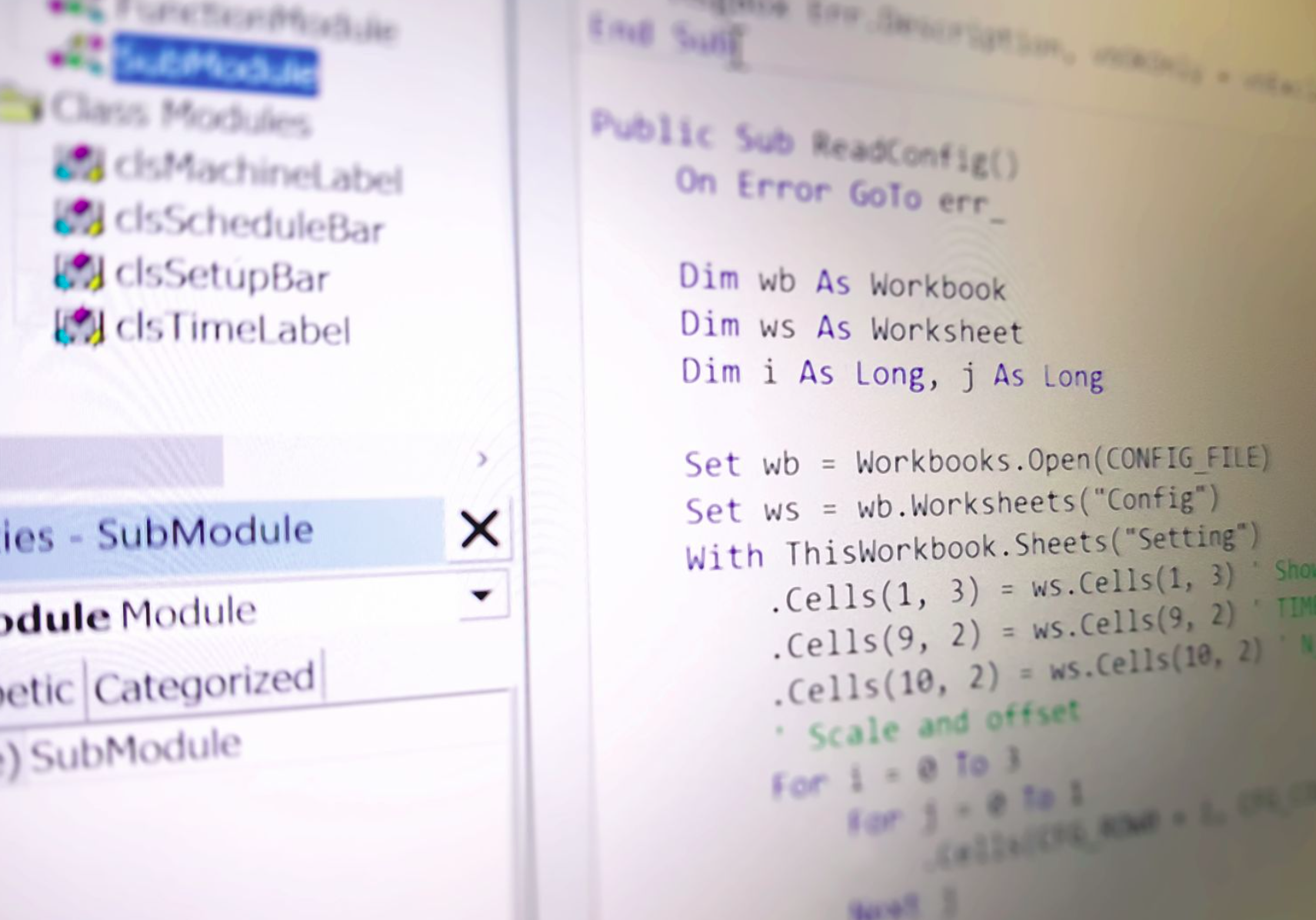
How to Train an AI Model: Step-by-Step Guide
Artificial Intelligence (AI) is revolutionizing various industries, from healthcare to finance to entertainment. Training an AI model is a crucial process that involves multiple stages, each requiring careful planning and execution. Whether you are a seasoned data scientist or a beginner in the field, this detailed step-by-step guide will walk you through the process of training an AI model, making it easier to understand and implement.
Understanding the Basics of AI Model Training
Before diving into the specifics, it’s essential to grasp the basic concepts of AI model training. An AI model is essentially a mathematical algorithm designed to recognize patterns within data. The training process involves feeding the model large datasets, allowing it to learn and make predictions or decisions based on that data. The goal is to create a model that can generalize well to new, unseen data.
Types of AI Models
There are various types of AI models, including supervised learning, unsupervised learning, and reinforcement learning. Each type serves different purposes and is trained differently:
- Supervised Learning: The model is trained on labeled data, meaning that each training example is paired with an output label.
- Unsupervised Learning: The model learns from unlabeled data, identifying patterns and relationships on its own.
- Reinforcement Learning: The model learns by interacting with its environment, receiving rewards or penalties based on its actions.
Step 1: Define the Problem and Objectives
The first step in training an AI model is to clearly define the problem you want to solve and the objectives you aim to achieve. This will guide your entire training process and ensure that your efforts are aligned with your goals.
Ask yourself the following questions:
- What problem am I trying to solve?
- What are the expected outcomes?
- What type of data do I need?
- What metrics will I use to evaluate the model’s performance?
Step 2: Collect and Prepare the Data
Data is the cornerstone of AI model training. The quality and quantity of your data will significantly impact the performance of your model. Here’s how to go about it:
Data Collection
Gather data that is relevant to your problem. This could come from various sources, such as databases, APIs, web scraping, or publicly available datasets. Ensure that your data is representative of the problem you’re trying to solve.
Data Cleaning
Once you’ve collected your data, the next step is to clean it. This involves removing duplicates, handling missing values, and correcting errors. According to a survey by Kaggle, data scientists spend around 60% of their time cleaning and organizing data.
Data Preprocessing
After cleaning the data, you may need to preprocess it to make it suitable for training. This could involve normalizing numerical values, encoding categorical variables, and splitting the data into training and validation sets.
Step 3: Choose the Right Model
Choosing the right model is crucial for effective training. The choice of model depends on the type of problem you’re solving and the data you have. Some popular models include:
- Linear Regression: For predicting a continuous variable.
- Logistic Regression: For binary classification problems.
- Decision Trees: For both classification and regression tasks.
- Neural Networks: For complex tasks like image and speech recognition.
Step 4: Train the Model
Training the model involves feeding it the prepared data and allowing it to learn from it. This is typically done in iterations, where the model makes predictions, compares them to the actual outcomes, and adjusts its parameters accordingly.
Choosing a Training Algorithm
The training algorithm you choose will depend on your model type. For example, gradient descent is commonly used for training neural networks, while decision trees might use algorithms like CART (Classification and Regression Trees).
Setting Hyperparameters
Hyperparameters are settings that you configure before training begins. These could include the learning rate, batch size, and number of epochs. Finding the optimal hyperparameters can significantly improve your model’s performance.
Monitoring Training Progress
It’s essential to monitor the training process to ensure that your model is learning effectively. Use metrics like accuracy, loss, and validation scores to track progress. Tools like TensorBoard can help visualize these metrics.
Step 5: Evaluate the Model
Once your model is trained, the next step is to evaluate its performance. This involves testing the model on a separate validation dataset that it hasn’t seen before. Common evaluation metrics include:
- Accuracy: The percentage of correct predictions.
- Precision: The percentage of true positive predictions among all positive predictions.
- Recall: The percentage of true positive predictions among all actual positives.
- F1 Score: The harmonic mean of precision and recall.
Step 6: Fine-Tune the Model
Model fine-tuning involves making adjustments to improve performance. This could include tweaking hyperparameters, adding more data, or trying different algorithms. Fine-tuning can be an iterative process, requiring multiple rounds of training and evaluation.
Cross-Validation
Cross-validation is a technique used to assess how well your model generalizes to new data. It involves splitting your data into multiple subsets, training the model on some subsets, and validating it on others. This helps ensure that your model isn’t overfitting to the training data.
Step 7: Deploy the Model
After fine-tuning and achieving satisfactory performance, your model is ready for deployment. Deployment involves integrating the model into a production environment where it can make real-time predictions. Consider the following steps:
- Model Serialization: Save the trained model to a file format that can be loaded later, such as Pickle or ONNX.
- API Integration: Create an API endpoint that allows other applications to interact with your model.
- Monitoring: Continuously monitor the model’s performance in production to ensure it remains accurate and effective.
Conclusion
Training an AI model is a complex but rewarding process that involves multiple stages, from defining the problem to deploying the model. By following this step-by-step guide, you can navigate the intricacies of AI model training and build models that deliver valuable insights and predictions. Remember, the key to success lies in careful planning, diligent data preparation, and continuous fine-tuning. Happy training!


